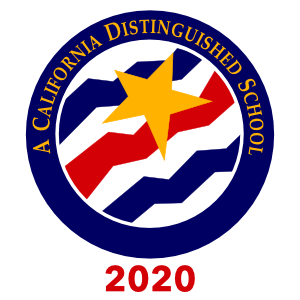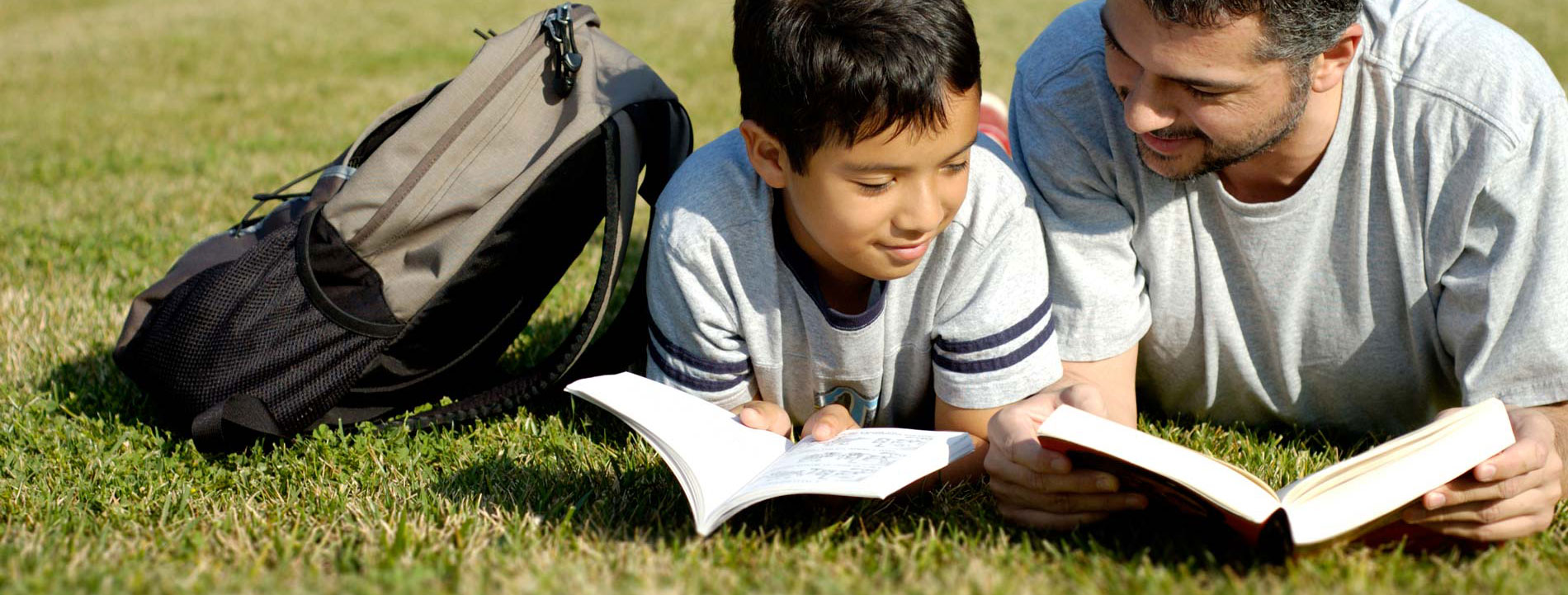Principal’s Corner
Learning is Natural
Recently I have had some time to reflect on my professional career and the changes I have witnessed in educational theory.
Currently, educational standards and discussions center on teaching students to persevere, push on, and stay engaged no matter how difficult. This seems to imply that learning, rather than being natural, is hard. Yet, learning is natural. We all learn, and we learn constantly.
What if instead of viewing learning as difficult for our students, we guide them by facilitating their discovery of topics that truly interest them? We can teach them the tools necessary to both research and communicate their discoveries. We can provide an environment in which we honor and value their engagement in real world research and problem solving. We should provide students with the tools that allow them to not only learn, in depth, about a topic that interests them, but to communicate and teach others about what they’ve learned.
When I taught first grade, teaching the craft of writing was my passion. I worked to ensure that my students understood that their writing was not simply an exercise, but that the pencil truly was a tool they could use to communicate — and that by sharing their experience they could influence others.
One of my students, a 7-year old girl who had lived on the streets of Dallas for two months, wrote a most memorable narrative. In part, she wrote, “The rain stung like needles…” While I was moved by what she wrote, it was not enough that I was her only audience. As an author, it was important that she have an opportunity to share her work, to communicate not only what she wrote but also demonstrate the power of her choice of words. Sharing her words with her classmates allowed others to engage with her in her message and celebrate her voice. Students in that class saw themselves as both writers and teachers, encouraging each other to truly express, through their narratives, not just the basic facts, but to expand the ‘how and whys’ of their individual experiences.
All of our students have stories to tell. Some are able to use pencil and paper to express themselves, and others may need varied avenues to not only access material, but also to demonstrate and share their learning. The more diverse our students’ resources and presentations, the more inclusive their opportunity to learn and to engage an audience, and the richer the experience for the whole community.
Education is no longer solely about teaching. Education must be about helping all students engaging in life critically, find the resources they need to learn, and communicate their learning in collaborative, innovative, and creative ways.
We are constantly learning. Unfortunately, lessons can teach us all manner of things — sometimes that we are not capable, that we do not belong, that we are not welcome. The Village School Learning Community believes differently… “We all belong. We are all significant. As we work, learn and play, we come together with compassion and respect.” It is important that we continually carry this belief with us as we work to ensure that all our children see themselves as vital, engaged members of our community.



